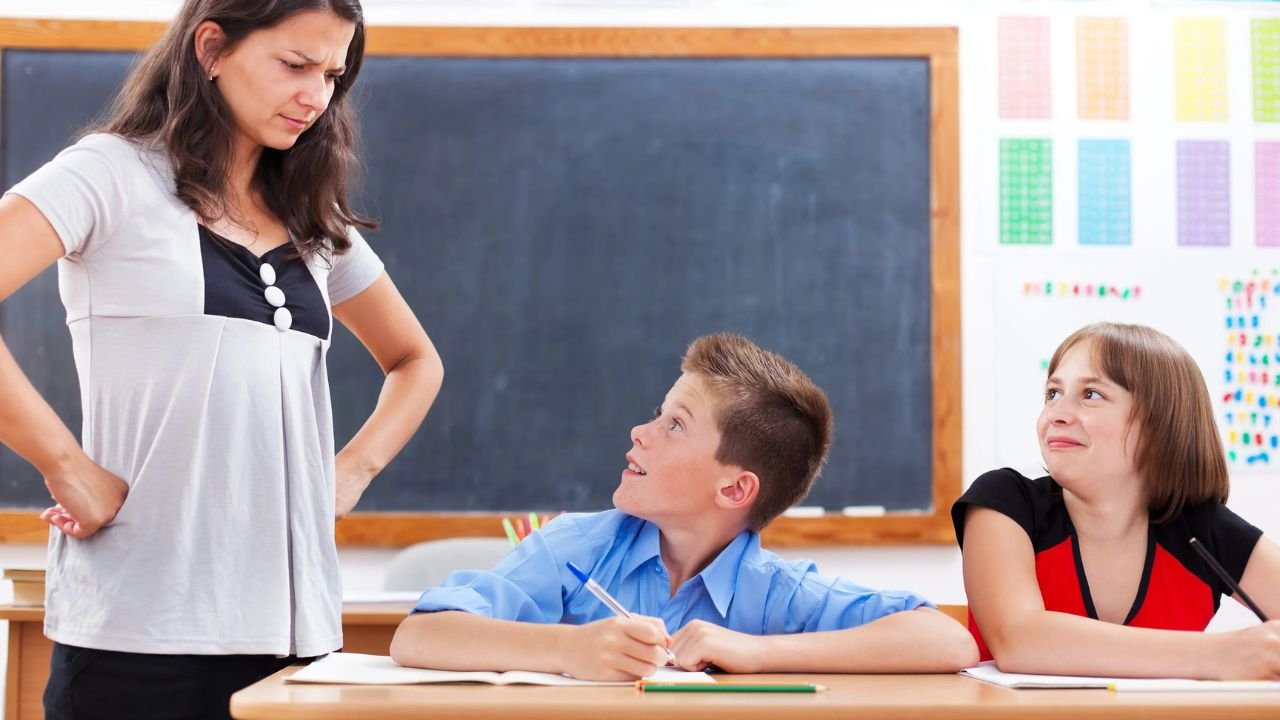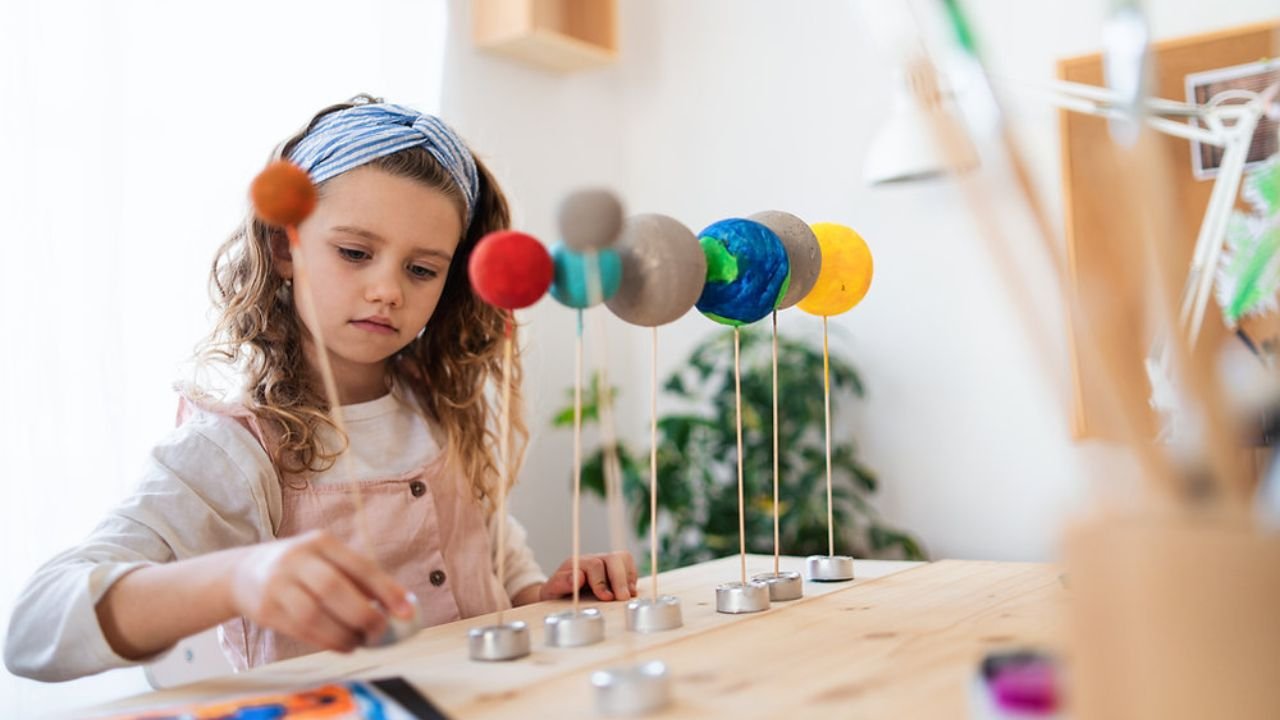The classroom can feel like a battlefield when students act out. Every teacher has been there – that moment when disruptive behavior threatens to derail your carefully planned lesson. It’s frustrating and exhausting.
But here’s the good news: you don’t need to choose between being the “mean teacher” or letting chaos reign.
Research shows that positive approaches to managing classroom behavior actually work better than punitive ones. They help students learn while keeping your classroom a place where everyone can thrive.
Let’s look at some practical ways you can handle disruption while still being the supportive teacher your students need.
Understanding the Root Causes of Disruptive Behavior
Before addressing disruptive behavior, it’s imperative to understand what might be causing it.
Students may act out due to academic frustration, unmet emotional needs, or challenges at home. Some students might be seeking attention or trying to avoid tasks they find difficult.
Many behaviors stem from students lacking the skills to express their needs appropriately. Instead of seeing disruption as willful defiance, approaching it as a skill deficit allows teachers to respond with teaching rather than punishment.
Proactive Strategies to Minimize Disruptions
Prevention is always better than reaction. Creating a classroom environment that minimizes the likelihood of disruptive behavior saves time and emotional energy for everyone involved.
Setting Clear Expectations and Classroom Rules
Students thrive on consistency and clear boundaries. When expectations are ambiguous, disruptions are more likely to occur. Effective teachers establish classroom norms early, involving students in creating rules when possible to foster ownership.
The most effective classroom rules are few, clear, and positively stated. Focusing on what to do rather than what not to do creates clearer expectations and more positive classroom culture.
Using Positive Reinforcement and Praise
Catching students being good is far more effective than waiting for misbehavior. Specific, genuine praise reinforces desired behaviors and creates a positive classroom culture.
Research shows that students who receive a ratio of five positive interactions to every negative one are more likely to stay engaged and follow classroom expectations.
Encouraging Student Engagement Through Interactive Learning
Many disruptions occur when students are bored or unstimulated. Creating lessons that incorporate movement, collaboration, and student choice can significantly reduce behavioral issues.
Teachers who transform lecture-heavy formats to more interactive stations and project-based learning often see significant reductions in disruptive behaviors throughout their classrooms.
Effective classroom management requires strong leadership skills, from setting clear expectations to fostering a positive learning environment. Many educators who aspire to leadership roles in education choose an EdD in Organizational Leadership online to develop advanced strategies for managing student behavior and creating a more structured, engaging classroom culture.
With specialized training in organizational behavior and leadership psychology, teachers can implement research-based approaches that transform classroom dynamics and school culture.
Effective Ways to Respond to Disruptions
Despite best preventative efforts, disruptions will still occur. How teachers respond in these moments significantly impacts both the immediate situation and future behavior.
Maintain Emotional Neutrality
Responding emotionally to disruptive behavior often escalates the situation. Taking a breath before responding helps maintain a calm, problem-solving approach.
Learning to respond rather than react is key. When teachers stay calm and matter-of-fact, students don’t get the emotional payoff they might be seeking and situations defuse much more quickly.
Redirect with Minimal Interruption
Effective redirection addresses the behavior without derailing the lesson. Simple nonverbal cues, proximity, or quiet individual reminders can often address disruptions while maintaining class flow.
Provide Choices, Not Ultimatums
When disruptions persist, offering controlled choices gives students agency while maintaining teacher authority.
Providing options such as continuing to work quietly with the group or completing the activity independently preserves student dignity while still addressing problematic behaviors.
—–
More and more schools are moving away from detention slips and office referrals. Instead, they’re sitting down with students for quick, meaningful conversations. “What happened?” “Who was affected?” “How can we fix it?” These simple questions form the heart of restorative practices.
When a student disrupts class, a short five-minute chat often works better than traditional punishment. Students get to reflect on their actions, understand how they affected others, and help decide how to make things right. This approach helps them develop empathy and problem-solving skills they’ll use throughout life.



